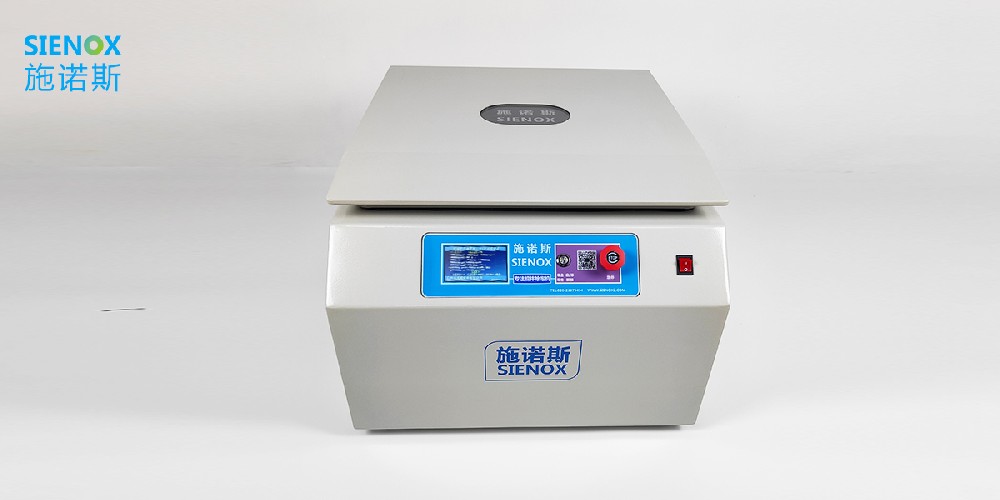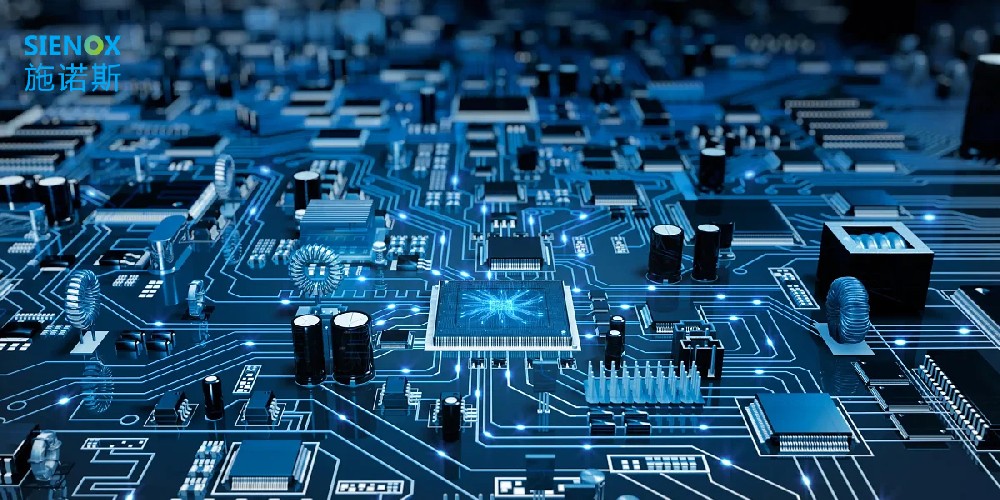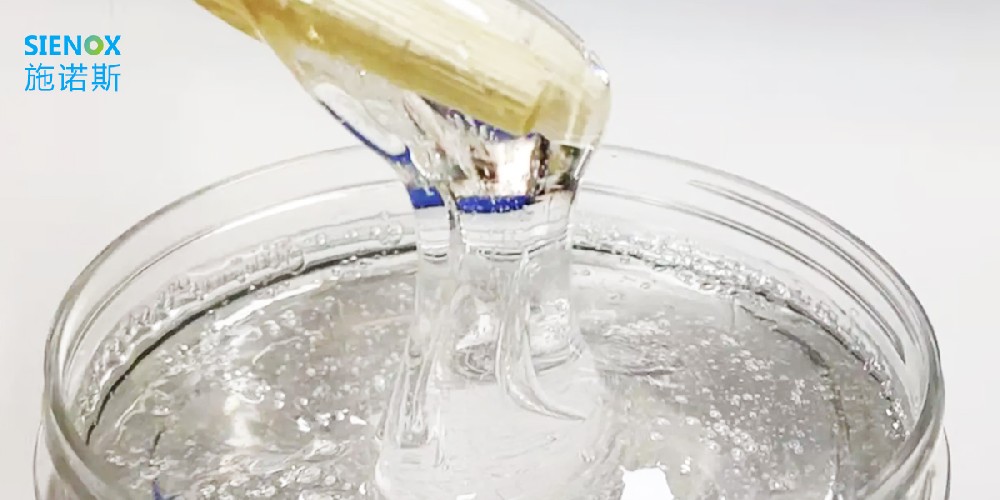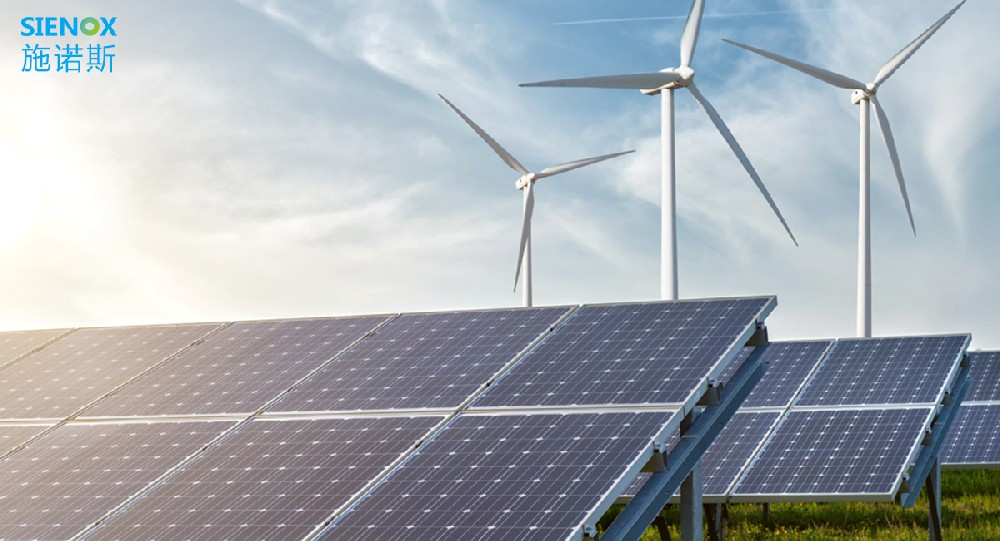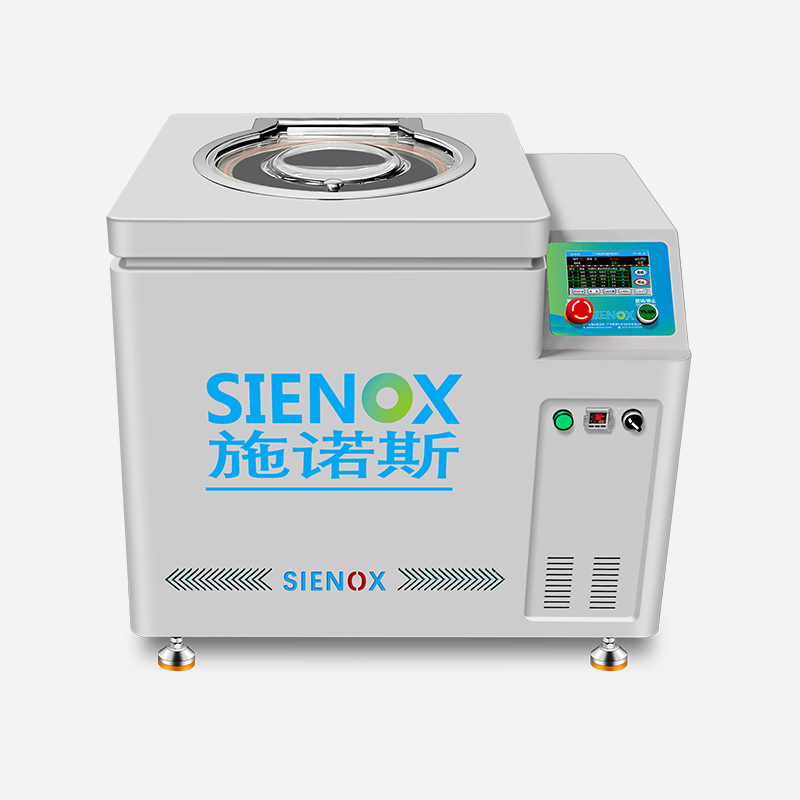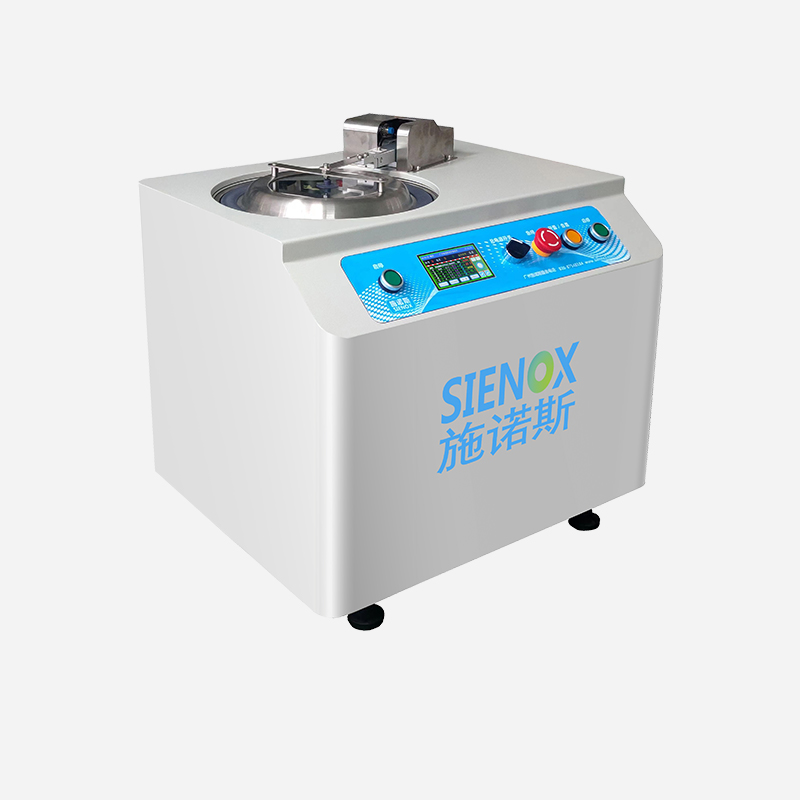
News

TEL:18925129293
Why does glue have bubbles and how to use a defoaming machine to quickly defoaming
date:2023-08-04author:SIENOXBubbles appearing in adhesive are a common phenomenon, which may be caused by various reasons including chemical reactions, physical factors, and material properties. These bubbles can potentially degrade the performance, reliability, and appearance of the adhesive. Using a debubbling machine can effectively remove these bubbles and enhance the quality of the bonding. Below is an introduction to the causes of adhesive bubbles and how to use a debubbling machine for quick debubbling.
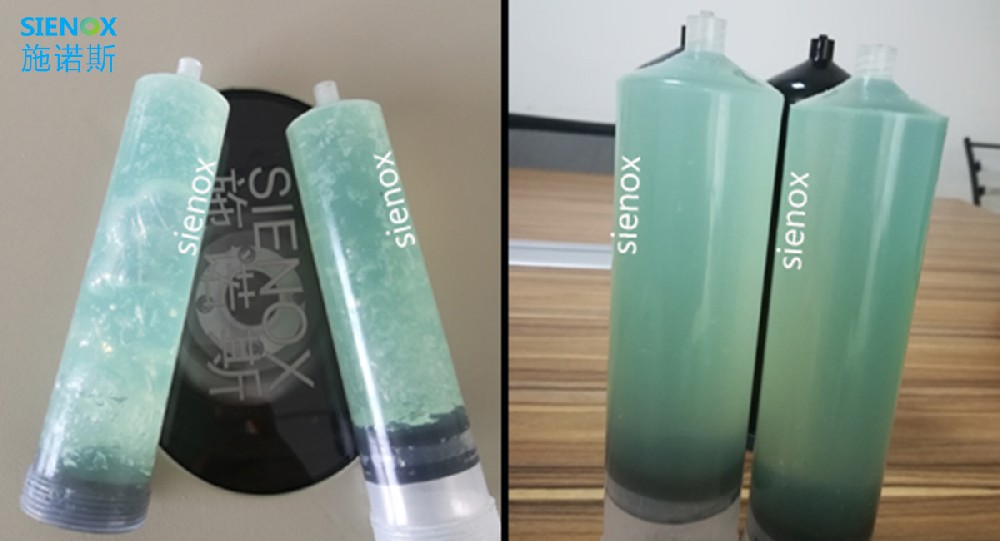
Causes of adhesive bubbles:
Solvent evaporation: When adhesives contain volatile solvents, these solvents may evaporate during stirring, coating, or curing processes, leading to bubble formation.
Chemical reactions: Some adhesives undergo chemical reactions after mixing components, releasing gases and resulting in bubble formation.
Moisture content: Moisture can also form bubbles in adhesives, especially when the adhesive comes into contact with water.
High viscosity: Adhesives with high viscosity may have difficulty expelling bubbles, particularly during coating or application.
Steps for quick debubbling using a debubbling machine:
Preparation: Thoroughly mix the adhesive to ensure uniformity and proper mixing of components, facilitating easier bubble expulsion.
Selecting the debubbling machine: Choose a suitable debubbling machine. Typically, vacuum debubbling machines are commonly used for effective bubble removal. Ensure that the selected equipment has sufficient vacuum level and capacity to accommodate the volume of adhesive being processed.
Placement in the debubbling container: Pour the adhesive containing bubbles into the debubbling container.
Commence debubbling: Start the debubbling machine and gradually increase the vacuum level. Vacuum will cause bubbles to expand and rise to the surface of the adhesive.
Control debubbling parameters: Control debubbling parameters such as vacuum level and debubbling time. Adjust according to the nature of the adhesive and bubble expulsion progress, ensuring complete bubble removal.
Release pressure: Upon completion of debubbling, gradually release the vacuum to return the adhesive to ambient pressure. This prevents sudden pressure release, which could lead to new bubble formation.
Inspection and storage: Inspect the adhesive for complete debubbling, ensuring no visible bubbles remain. Use the debubbled adhesive for the intended application as needed.
Through these steps, a debubbling machine can help quickly remove bubbles from the adhesive, improving bonding performance and quality. However, each adhesive may have different characteristics, so it is advisable to follow the guidelines provided by the adhesive manufacturer before using a debubbling machine to ensure optimal debubbling effectiveness.






